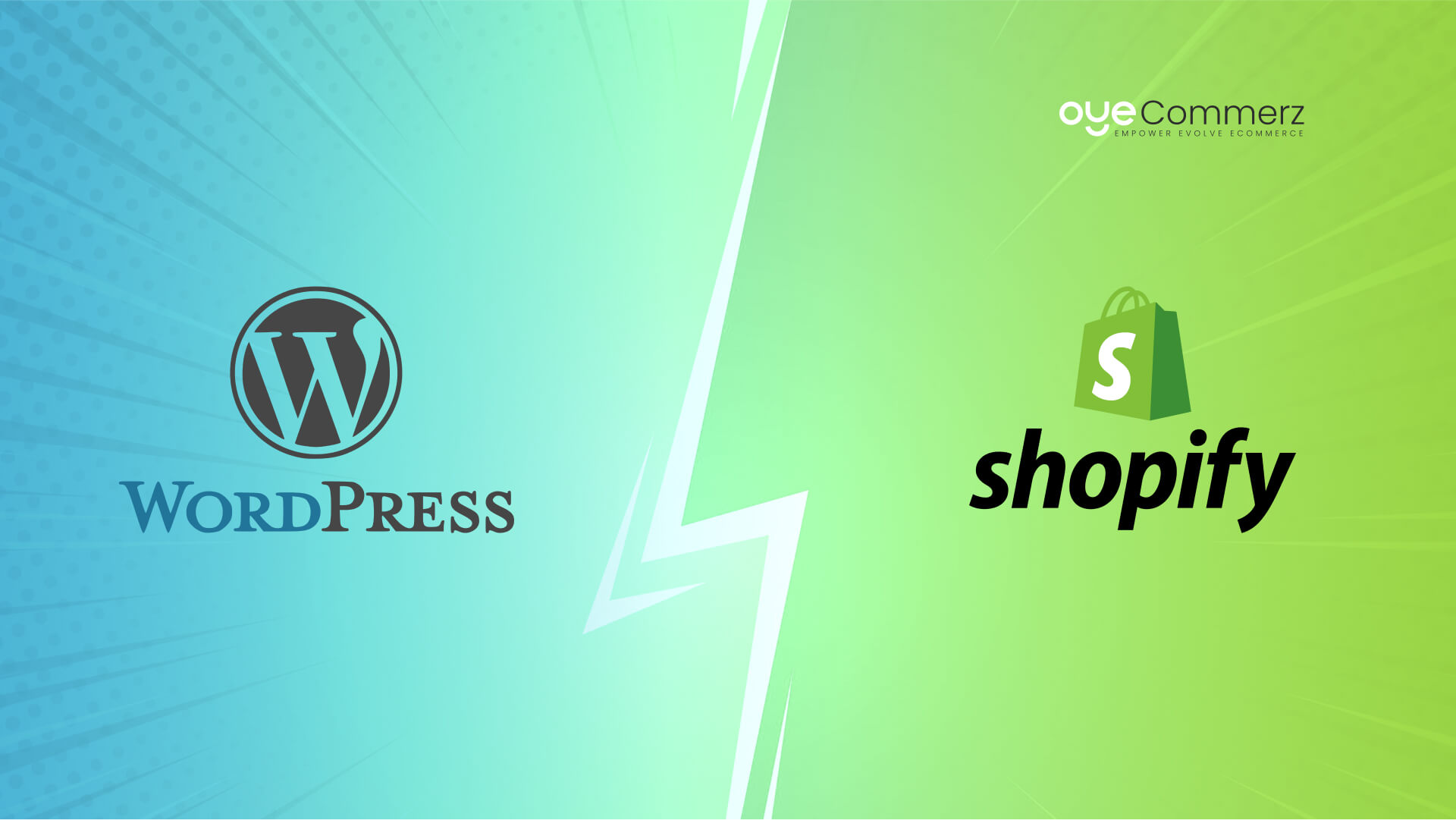Seamless WP to Shopify Migration: Your Definitive Guide to E-commerce Success
Seamless WP to Shopify Migration: Your Definitive Guide to E-commerce Success
Blog Article
Transitioning from WordPress to Shopify marks an promising step in optimizing your online store operations. As companies expand, choosing a platform that supports growth potential, UX, and flexibility becomes crucial. Shopify is widely recognized as a preferred choice for e-commerce professionals, providing unmatched flexibility, security, and ease of use. In this guide, we’ll explore why this migration is a game-changer, highlight the benefits, and share actionable steps to facilitate a smooth move.
1. Why Switch from WP to Shopify?
WordPress, paired with WooCommerce, continues to support countless online stores. Nevertheless, as businesses scale, issues like reliance on plugins, data risks, and complex setups can hinder growth. Shopify, specifically created for digital retail, addresses these concerns with an all-in-one, intuitive solution. Statistics supports this transition—Shopify powers over 4.4 million websites worldwide, with a reported 10% increase in sales conversion rates for numerous merchants after migration.
2. Key Benefits of Shopify for E-commerce Success
Shopify’s powerful platform is tailored for expanding businesses. Its notable features are:
- Seamless Customization: Shopify offers over 80 professionally designed themes.
- Built-in Features: Features like Shopify Payments and integrated SEO save time and effort.
- Global Reach: Currency versatility and regional customization empower brands to expand internationally.
Additionally, Shopify delivers an uptime rate of 99.98%, guaranteeing your website remains accessible.
3. Getting Ready for Your WP-to-Shopify Transition
Before migrating, assess your current store. Review inventory details, customer details, and SEO performance. Resources such as Shopify’s Migration Kit or third-party solutions help ease the transition. Create a comprehensive plan, making sure all assets—item details, images, and articles—are optimized for transfer.
4. Data Migration: A Critical Step
Data migration is a cornerstone of a successful platform switch. When migrating from WordPress to Shopify, focus on:
- Inventory Details: SKU, descriptions, and categories.
- Client Information: Emails, order history, and preferences.
- Search Engine Considerations: Retain meta tags, URLs, and redirects to avoid SEO losses.
Use apps like LitExtension to streamline data transfer while minimizing errors.
5. Customizing Your Shopify Store
After the move, customizing your Shopify store helps it reflects your business identity. Take advantage of Shopify’s intuitive page builder to design pages effortlessly. Shopify's templates are mobile-responsive, ensuring a smooth UX across platforms—a key point, since 74% of online shopping is generated by mobile visitors.
6. How to Protect Your SEO Rankings When Switching Platforms
SEO is vital for maintaining your online presence during migration. Shopify is highly optimized for search engines with clean URL structures, built-in optimization tools, and seamless blog integration. Ensure:
- Set up URL forwarding for existing links.
- Enhance updated content with keyword-rich content.
- Use Shopify's apps Plug in SEO to track analytics post-migration.
7. Post-Migration Migrating online stores to Shopify Testing
After finishing the transfer, conduct thorough testing.
Check: - Website speed (Shopify delivers faster speeds in contrast with WordPress).
- Functionality of payment gateways and checkout processes.
- Mobile responsiveness.
Testing guarantees your store delivers a smooth shopping journey from day one.
8. Real-Life Success Story
One such migration success story is Gymshark, E-commerce platform migration a sportswear company that transitioned to Shopify. Post-migration, the company experienced a 60% increase in mobile sales and significantly lowered site downtime. This highlights the potential of Shopify in enhancing e-commerce growth.
9. Challenges and Solutions
Migration comes with challenges, such as information accuracy and adjusting tailored features. However, Shopify’s robust support and third-party experts simplify the process. Collaborating with qualified Shopify developers ensures a smooth transition.
10. Starting Your Journey with Shopify
Migrating from WP to Shopify marks a forward-thinking approach to e-commerce. By focusing on growth, simplifying management, and improving buyer satisfaction, Shopify enables companies to succeed in challenging industries.
Final Thoughts
Transitioning from WordPress to Shopify offers a smart solution that can greatly enhance your e-commerce success. With a robust migration plan, the right tools, and expert support, you can achieve new growth opportunities.
Ready to make the leap? Let’s discuss how our Shopify migration services can transform your online store. Contact us now, or consider: Can your business afford to miss out on Shopify’s growth potential?
 Report this page
Report this page